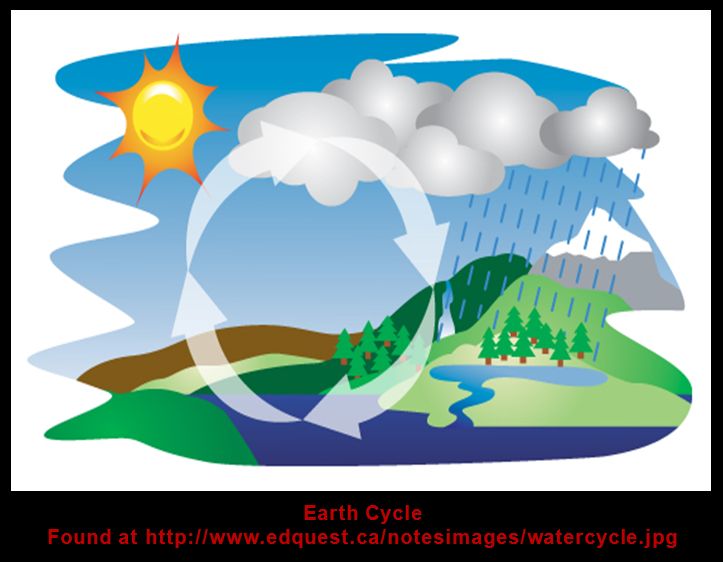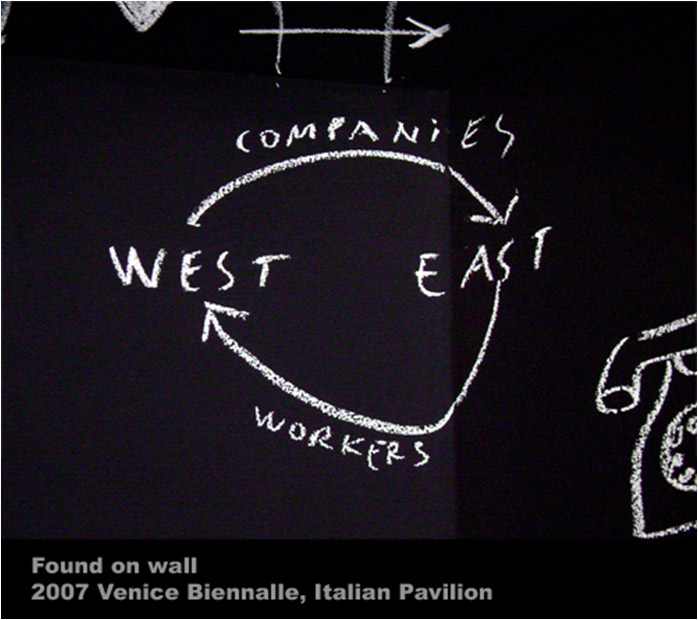 This document is Vanessa's portion of a presentation with Craig Dietrich to the New Media 100 class at The University of Maine, March 24th, 2008.
This document is Vanessa's portion of a presentation with Craig Dietrich to the New Media 100 class at The University of Maine, March 24th, 2008.
UMaine New Media faculty member Jon Ippolito writes on the New Media events website, "Today's headlines seem to jump from the nanoscale of stem cells and gene sequencing to the global scale of international politics and climate change. Here to bridge that gap are intermedia researchers Craig Dietrich and Vanessa Vobis, whose innovative projects help connect the dots between local environments and global imperatives...." For more information please visit http://newmedia.umaine.edu/feature.php?id=899
4.6 billion years ago, the Earth cooled from its volcanic state after the formation of the Solar System. In the very beginning of earth's history, this planet was a giant, red hot, boiling sea of molten rock (a magma ocean). As collisions tapered off the earth began to cool and formed a thin crust on its surface. The cooling continued, and water vapor escaped and condensed in the Earth's early atmosphere. Clouds formed and storms raged, raining more and more water down on the primitive earth, cooling the surface further until it was flooded with water. The ecosystem was born.
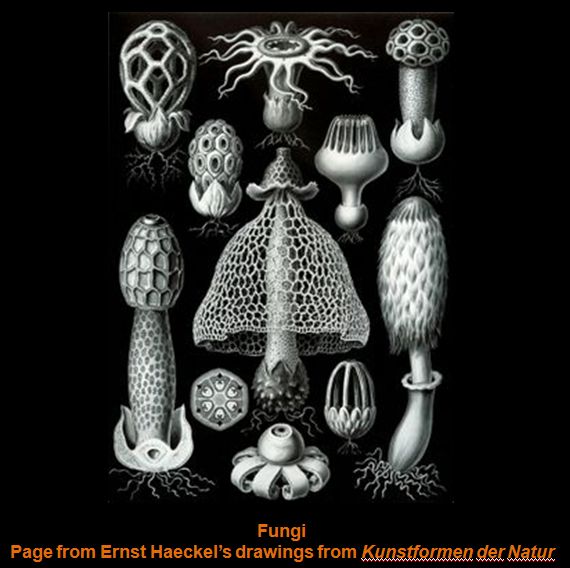 4.2 million years ago many new fungi species flourished during this active time in Earth's history. Fungi's bizarre cylindrical forms became a prominent element of the terrestrial landscape and some grew as tall as twenty-four feet.
4.2 million years ago many new fungi species flourished during this active time in Earth's history. Fungi's bizarre cylindrical forms became a prominent element of the terrestrial landscape and some grew as tall as twenty-four feet.
There is an intrinsic fascination that humans have with the dominant life forms of this time—such as dinosaurs or giant mammals—but here was a landscape dominated by a goliath organism, the enormous fungi.
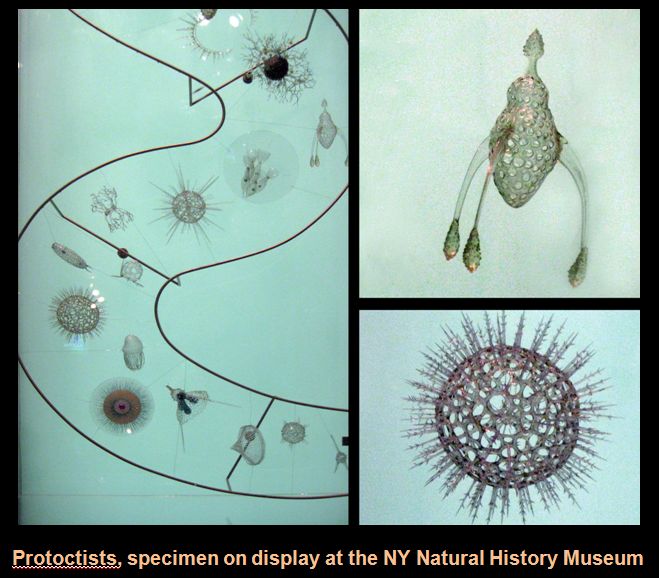 I recently came across biological things called protoctists. Protoctists are a diverse group of single celled organisms. Many use photosynthesis like plants while others feed on dead organisms, which is a characteristic similar to fungi. Others are like plankton and help regulate the cycling of carbon through the earth's ecosystem.
I recently came across biological things called protoctists. Protoctists are a diverse group of single celled organisms. Many use photosynthesis like plants while others feed on dead organisms, which is a characteristic similar to fungi. Others are like plankton and help regulate the cycling of carbon through the earth's ecosystem.
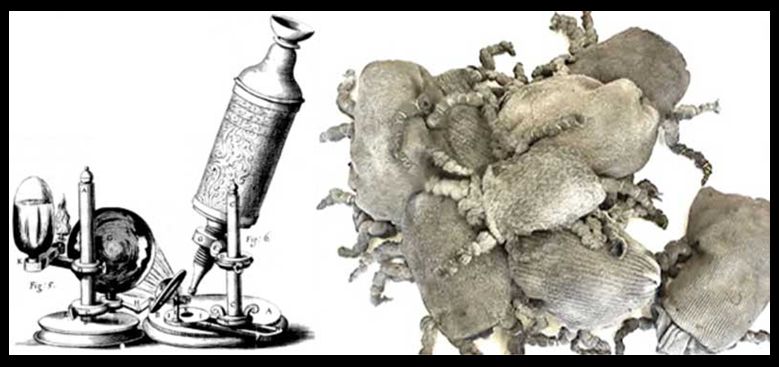 In 1665 the microscope was invented, and the father of microbiology, Antonie van Leeuwenhoek, discovered that animals live in dust. Dust mites!
In 1665 the microscope was invented, and the father of microbiology, Antonie van Leeuwenhoek, discovered that animals live in dust. Dust mites!
My multimedia project Body Beasts is an investigation into the uncanny nature of dust mites. The video and installation components examine our repulsion for the millions of creatures that live, eat, and sleep with us in a continuously symbiotic relationship.
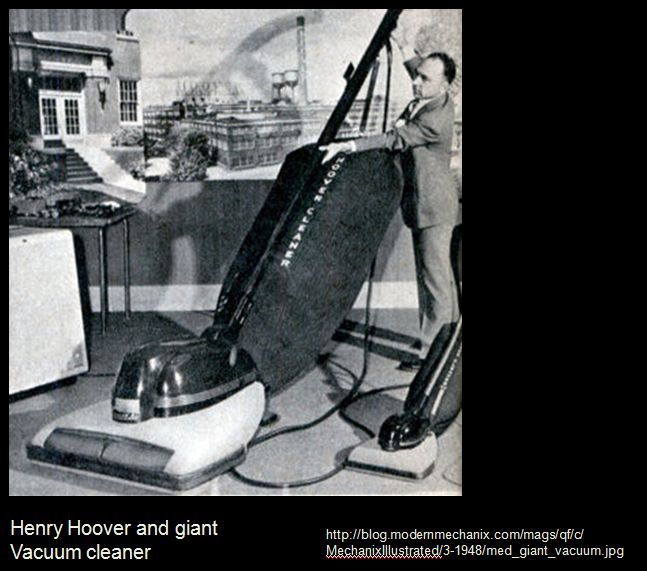 In 1901 Hubert Celil Booth, a British engineer, patented his vacuum cleaner.
In 1901 Hubert Celil Booth, a British engineer, patented his vacuum cleaner.Through gleaning, recording, exposing, and mapping I uncover meaning and the resulting work often references a science experiment.
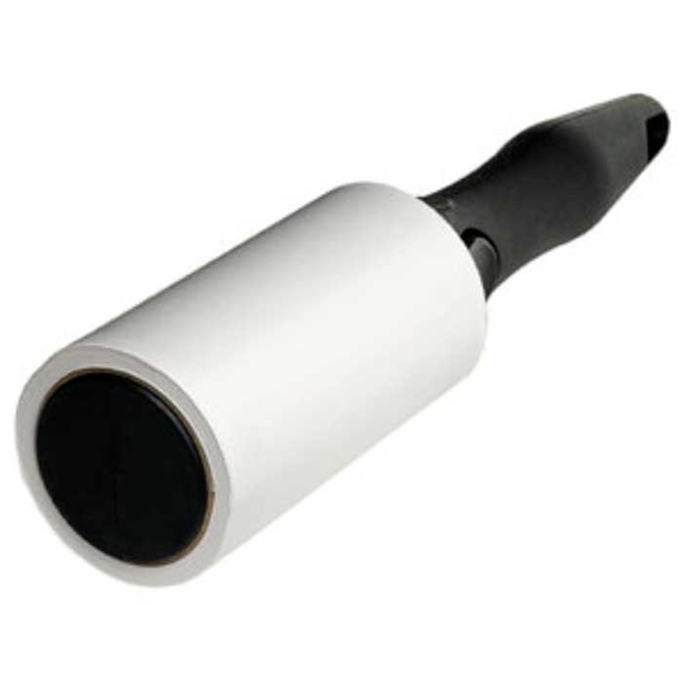 The roller-type lint remover was invented in 1956. A lint remover is a roll of one-sided adhesive paper on a cardboard or plastic barrel that is mounted on a central spindle with an attached handle. The device facilitates the removal of lint from most materials such as clothing, upholstery and linen.
The roller-type lint remover was invented in 1956. A lint remover is a roll of one-sided adhesive paper on a cardboard or plastic barrel that is mounted on a central spindle with an attached handle. The device facilitates the removal of lint from most materials such as clothing, upholstery and linen.
Once expended, the roll can typically be replaced with a 'refill' roll. This tool enables fast 360-degree rotation, which facilitates the easy removal of unsightly fiber, often animal hair.
Man vs. nature. The pitting against each other. Recouping these technologies of domestic and personal cleanliness, such as the vacuum cleaner or the lint roller, is the foundation of my projects.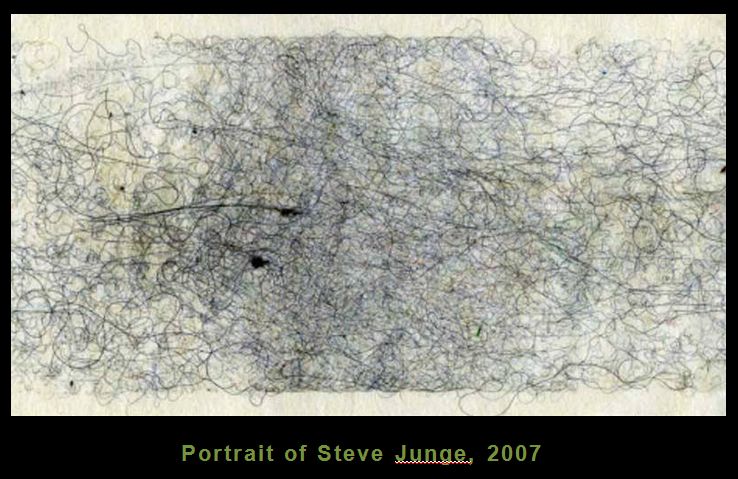 Whenever used, the sticky roll traces the environment and creates an index. The device accumulates what the washing machine or vacuum may have neglected and partakes in the cycle of personal cleanliness. For the project's purposes, the roller creates portraits of people via home tracings and residual indexes.
Whenever used, the sticky roll traces the environment and creates an index. The device accumulates what the washing machine or vacuum may have neglected and partakes in the cycle of personal cleanliness. For the project's purposes, the roller creates portraits of people via home tracings and residual indexes.
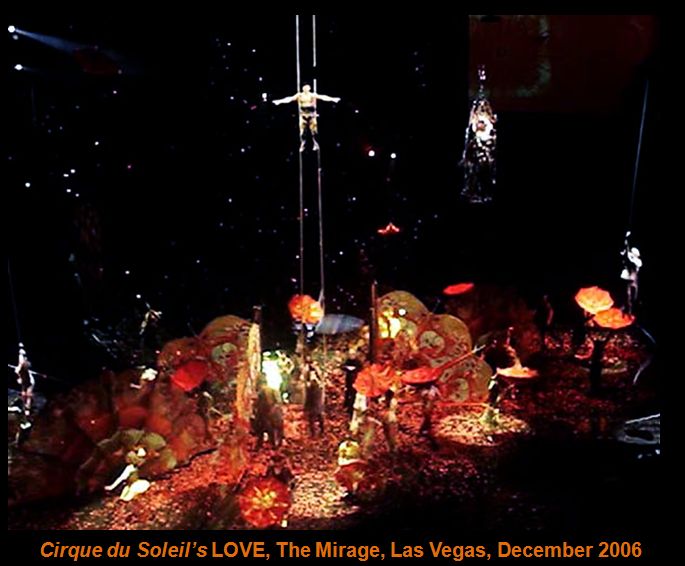 In 2006 on holiday to Las Vegas I experienced a live Circ du Soleil show. The event had strong influence on me as I dove into the world of time based media, installations, and light projections. Through my research, on humbler scales, and partially also inspired by my daily surroundings, I hoped to achieve a similar magic and emotional response that Circ du Soleil provides. I began to create my own immersive, four-dimensional environments catalyzed by my interested in cheap Dollar store goods as they relate to easy consumption across the globe.
In 2006 on holiday to Las Vegas I experienced a live Circ du Soleil show. The event had strong influence on me as I dove into the world of time based media, installations, and light projections. Through my research, on humbler scales, and partially also inspired by my daily surroundings, I hoped to achieve a similar magic and emotional response that Circ du Soleil provides. I began to create my own immersive, four-dimensional environments catalyzed by my interested in cheap Dollar store goods as they relate to easy consumption across the globe.
I manufacture ecological environments. Small plant-like species in a constructed ecosystem that ease the idea of nature and artifice. All of the organisms featured in this installation are obviously artificial, crafted from beads, plastic, Styrofoam, craft and dollar store materials. The project draws from my enchantment with tide pools, botanical gardens, coral reefs, dioramas, and notions of Eden.
By colliding contradictions endemic to life in contemporary culture, focusing on plants, molds, fungi, mites, as well as detection and cleaning tools, I think about our relationship with the natural world.
Chrystal World, created in 2006, explores phenomenology through seven hundred and fifty clear plastic bags filled with water. The viewer was immersed in warmth and color reflections as the crystal-like drops, suspended from string, refracted light while slowly twirling around their fastened threads. Rotating slide projectors flickered light onto the bags. The experience of this piece was calming and otherworldly, as the room felt warm and moist. Viewers were able to meander through the environment as this project also drew upon my four dimensional experience in Las Vegas.
